Other
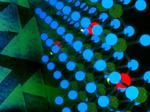
“A new understanding of why synthetic 2-D materials often perform orders of magnitude worse than predicted was reached by teams of researchers led by Penn State. They searched for ways to improve these materials’ performance in future electronics, photonics, and …
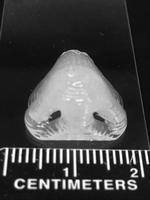
“Combining two different polymer forms can switch manufacturing of silicone parts from molding, casting and spin coating of simple forms to 3-D printing of complex geometries with better mechanical characteristics and better biological adhesion, according to a team of Penn …
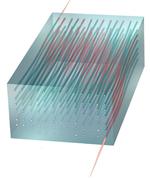
“For the first time, physicists have built a two-dimensional experimental system that allows them to study the physical properties of materials that were theorized to exist only in four-dimensional space. An international team of researchers from Penn State, ETH Zurich …
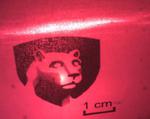
“Since their invention in 1962, semiconductor diode lasers have revolutionized communications and made possible information storage and retrieval in CDs, DVDs and Blu-ray devices. These diode lasers use inorganic semiconductors grown in elaborate high vacuum systems. Now, a team of …
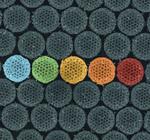
“Synthetic microspheres with nanoscale holes can absorb light from all directions across a wide range of frequencies, making them a candidate for antireflective coatings, according to a team of Penn State engineers. The synthetic spheres also explain how the leaf …

“Combining the intuition of humans with the impartiality of computers could improve decision-making for organizations, eventually leading to lower costs and better profits, according to a team of researchers. In a study, researchers said a computer program that analyzed the …
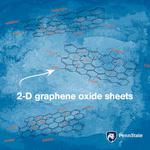
“Squid-inspired proteins can act as programmable assemblers of 2D materials, like graphene oxide, to form hybrid materials with minute spacing between layers suitable for high-efficiency devices including flexible electronics, energy storage systems and mechanical actuators, according to an interdisciplinary team …

“A new concept in energy harvesting could capture energy that is currently mostly wasted due to its characteristic low frequency and use it to power next-generation electronic devices. In a project funded by electronics giant Samsung, a team of Penn …
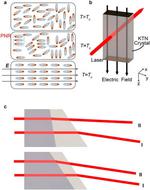
“A major technological advance in the field of high-speed beam-scanning devices has increased the speed of 2D and 3D printing by up to 1000 times, according to researchers in Penn State’s College of Engineering. Using a space-charge-controlled KTN beam …

“A newly discovered method for making two-dimensional materials could lead to new and extraordinary properties, particularly in a class of materials called nitrides, say the Penn State materials scientists who discovered the process. This first-ever growth of two-dimensional gallium nitride …

“A lithium-ion battery that self heats if the temperature is below 32 degrees Fahrenheit has multiple applications, but may have the most impact on relieving winter “range anxiety” for electric vehicle owners, according to a team of researchers from Penn …
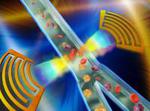
“Commercially available cell sorters can rapidly and accurately aid medical diagnosis and biological research, but they are large and expensive, present a biohazard and may damage cells. Now a team of researchers has developed a cell sorter based on acoustic …
“An accidental discovery of a “quantum Etch-a-Sketch” that may lead to the next generation of advanced computers and quantum microchips has been made by team of scientists from Penn State University and the University of Chicago. The researchers accidentally discovered …
